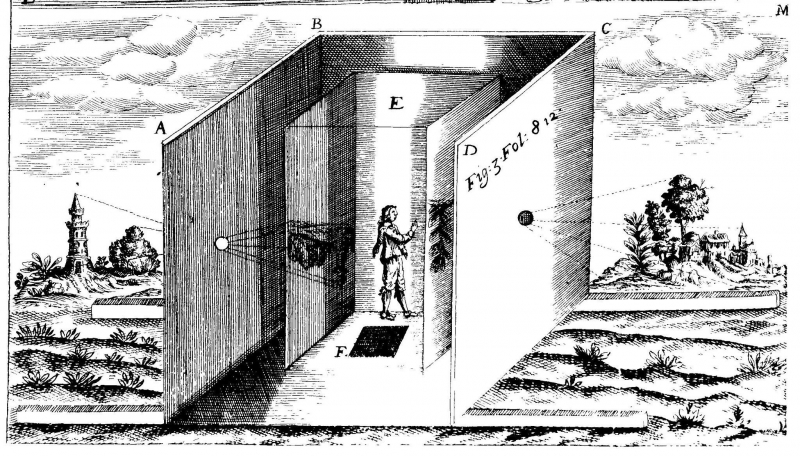Wren contributed to the subject of optics and maths
Wren also contributed to the subject of optics and maths, which is one of the interesting facts about Christopher Wren. He discussed the grinding of conical lenses and mirrors and described an engine for perspective drawings. Another of Wren's significant mathematical findings that the hyperboloid of revolution is a governed surface came from this effort. In 1669, these findings were reported. Although his scientific interests appear to have diminished after the 1680s, Wren continued to engage with the Royal Society in the years that followed. His architectural and governmental responsibilities undoubtedly took up more of his time.
It was a challenge put up by Wren that ultimately influenced Newton's Principia Mathematica Philosophica Naturalis. According to Robert Hooke's theory, planets in space describe orbits around the Sun due to tangential inertial motion along a straight line and accelerated motion in that direction. Wren challenged Halley and Hooke to develop a mathematical theory that connected Kepler's laws with a particular force law in the context of Hooke's hypothesis in exchange for a book worth thirty pence. In response to Halley's request for guidance, Newton wrote a nine-page response "De Motu Corporum in Gyrum", which was subsequently enlarged into the Principia.










